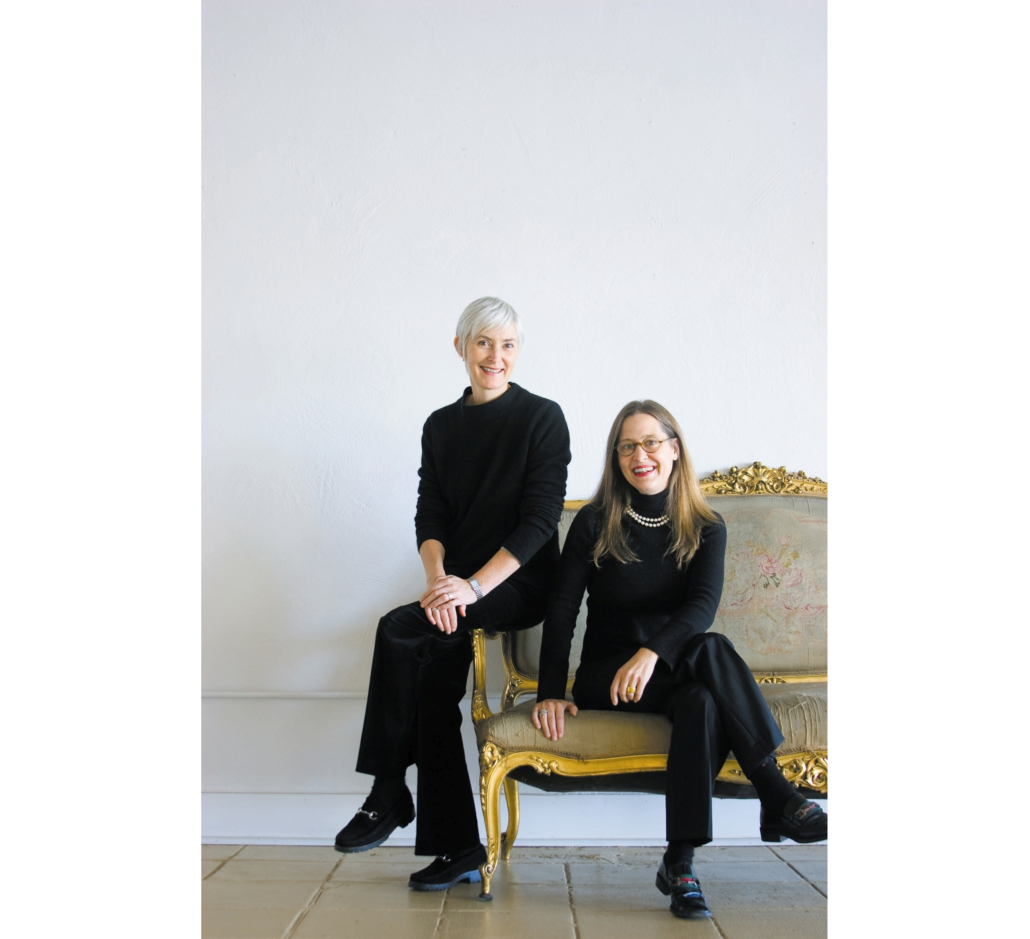
CLEVELAND – Friends warned Deba Gray and Serena Harragin that starting a business together would end their personal relationship. Fortunately for antiques and art buyers, they didn’t listen, and 28 years later, the couple is still going strong. After separate careers that took them from Key West, where they met, to Chicago and New York, the two settled 16 years ago in Gray’s hometown of Cleveland, Ohio. There, they bought a building and founded their own auction house, Gray’s Auctioneers. Gray had previously worked for Wolfs, Sotheby’s and Leslie Hindman, while Harragin’s background was in commercial advertising and finance. Auction Central News recently spoke with Harragin and Gray to learn more about the art-industry power couple and their booming business.
How did you get started in auctions?
Harragin: As a producer [of films and commercials], you have to handle budgets and organize logistics, so the next step was creating a business. Deba and I are married, so she has influenced my collecting habits exponentially, but I grew up around fine art and antiques.
Gray: My beginnings started very humbly. I was in art school and in my second year at the Cleveland Art Institute, I lost my scholarship because I was teaching myself how to weld at night, so my academics went down. I decided not to go back go to art school and did a number of art-related jobs. The best one was [in the mid-1980s] when I called up Wolfs in Cleveland and I asked them if they were looking for any gofer help. They gave me a chance on the phones and I worked my way up to where Michael Wolf said, “You are funny and kind of fearless, so you are going to become an auctioneer.” I was around 19 or 20 and ended up being Ohio’s youngest female auctioneer at the time. It was an old-boys club.
When forming Gray’s Auctioneers, how did the two of you divide your business roles?
Gray: I’m really good at loading the truck, cataloging and looking at fine art and antiques. I needed someone that could produce, advertise and run the business end of it, and the perfect person was Serena. In a multimillion-dollar commercial she produced, they needed snow. It was an Olympics Bank of America commercial, but it was summertime and she was like, “I know where there’s snow — New Zealand.” She can do the impossible.
Harragin: Deba is minimizing her skills and her talent. She has an extraordinary eye. She knows what’s good. Her fine art ability allows her to identify brushwork that has led to her identifying long-lost paintings. We are a good balance. She doesn’t come into the business world, and I don’t go into the fine art world.
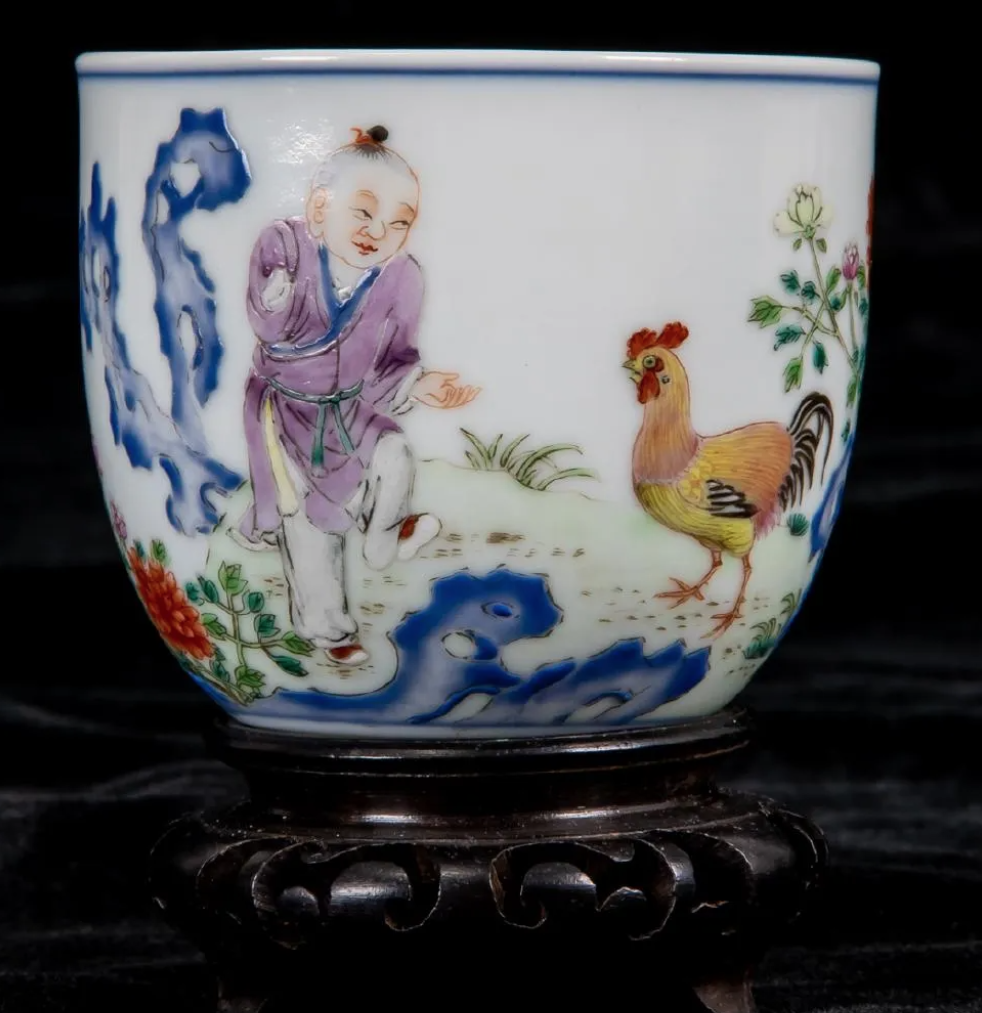
What was it like getting started?
Gray: As female entrepreneurs, coming back to Ohio, we got a cold shoulder from a lot of the banking institutions. One bank actually said, “Could your dad co-sign for you?” and I’m like, “Are you kidding me?”
Harragin: I was above the age of 50, Deba was 45, and they were asking if her dad could co-sign.
Gray: We needed a $100,000 line of credit and, ironically, we own artwork. I have a very good eye for art, and one of the first paintings I bought was when I was working 35 years ago at Wolfs. It was [during] my first two weeks as a ‘phone girl’ there. I bought a painting for $650 at auction; it took me three months to pay it off. This is back in 1988, so 20 years later I sold it at auction – not my own, I went to Christie’s – and sold it for $100,000. That was our line of credit. I didn’t need to go to the bank. I did it by my own bootstraps.
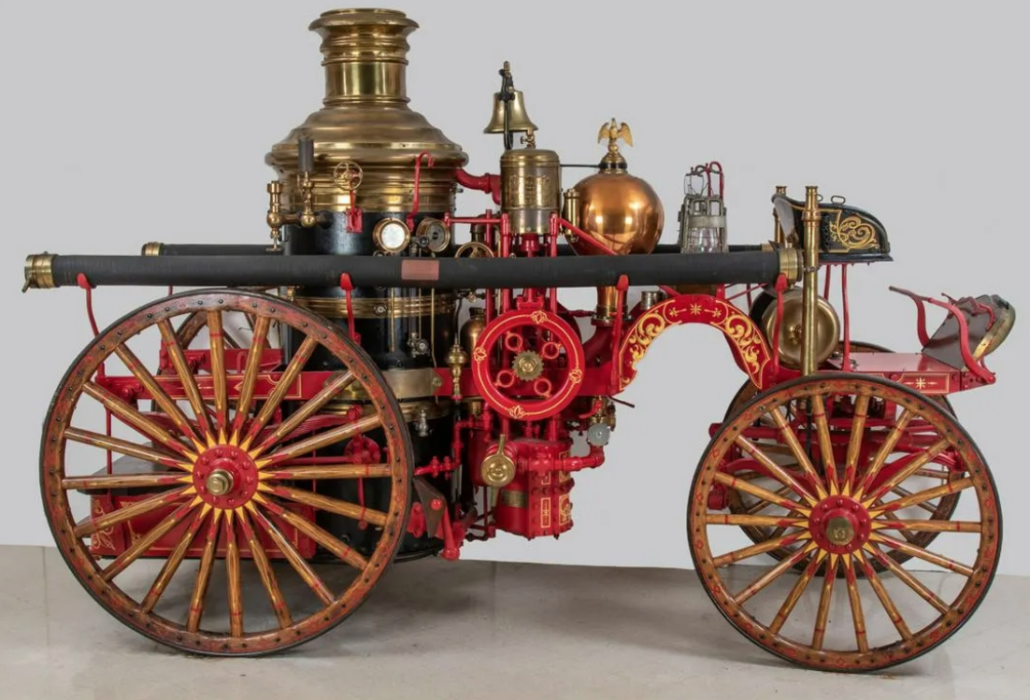
Would it be fair to say that you place a strong emphasis on customer service?
Harragin: From the beginning, we wanted to be a customer-focused boutique fine art and antiques auction house. Our consignors and buyers are what make us tick. We get our stuff from the D’s: death, debt, divorce, downsizing, etc. These are people going through difficult experiences in their lives. They’re having to get rid of stuff. It can be very emotional for them. That’s really what sets us apart – our customer service.
Gray: And our level of empathy. Everybody who works with us, I want them to embrace and find empathy for our clients. That should come first.
Harragin: Just last week, a woman called us and said, “I’m sorry to tell you my Uncle Bill has died,” and it turns out Uncle Bill had stipulated in his will that they use us to disperse his collection.
Gray: He bought from us and we did appraisals for him in the past, so it was an honor.
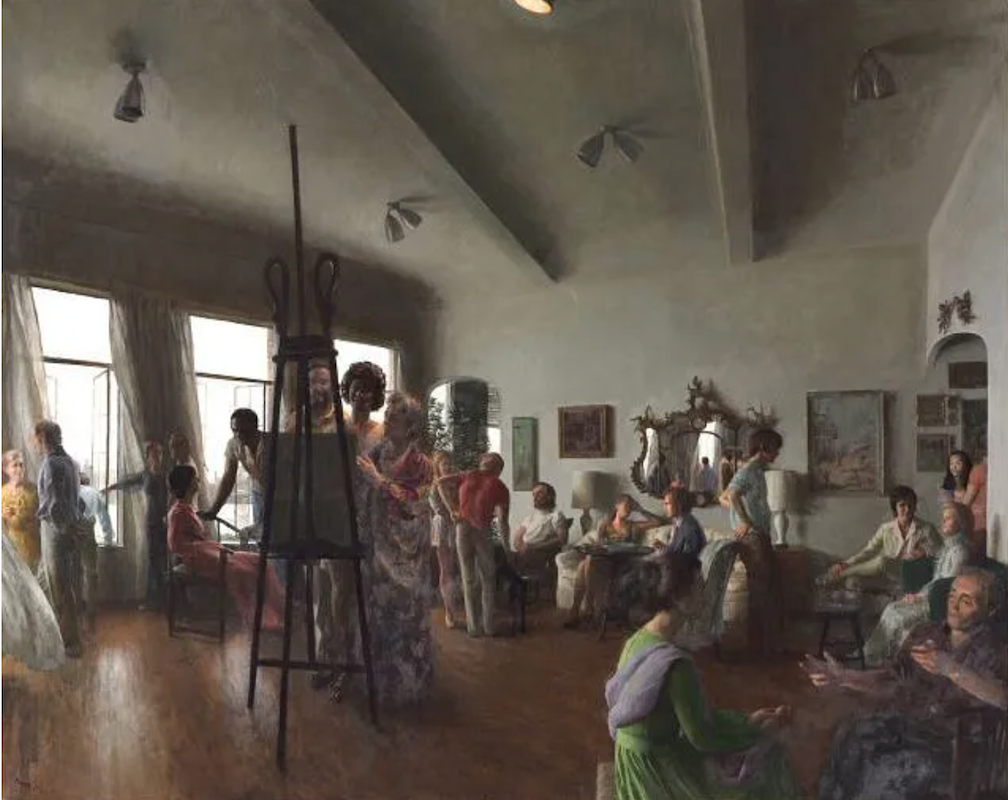
You’ve sold everything from Renoirs to rare Chinese porcelain to NASA photographs. What would you say you’re best known for?
Gray: We do a ton of paintings. That is our number one: paintings, prints and drawings, but because we’re in the Midwest and we own our own building, we can break a lot of rules. Where a lot of auction houses don’t like to do a lot of furniture, we can do furniture. If we find it interesting and think that there is a market for it, we can do it.
Could you talk about your involvement with community groups?
Gray: Our latest project is the Dorian Gray Galleries.
Harragin: Dorian Gray Galleries is an organization founded to help housing-insecure gay, transgender, bisexual and gender non-conforming youth. They provide grants and funding for kids as young as age 12 up to students age 24. We are helping them raise money, and one of the principal ways for them to do that is [through] auctions.
Gray: We have also sponsored them to become auctioneers.
Harragin: Their first auction is April 30, and they are on LiveAuctioneers.
Gray: We are teaching them everything we’ve learned during the last 35 years.
Harragin: It’s a way of giving back, not only in terms of art and antiques, and locally, but also to the LGBTQ population.
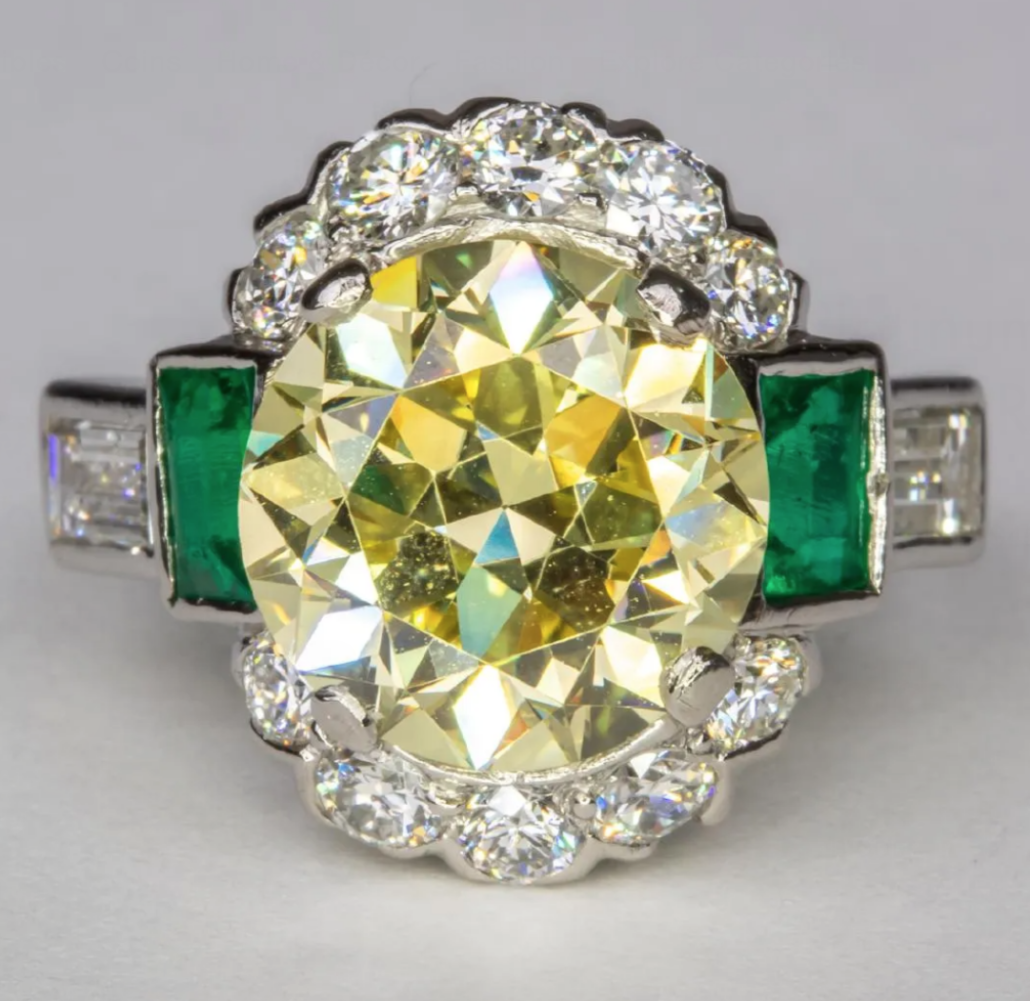
What’s one way you have been reaching young buyers?
Gray: We have a new thing on Instagram called ‘What the heck is it?’ and it’s been terribly popular. Every auction house has a thing where every month, something weird comes in, and and people go, ‘What the heck is it?’ I started making little segments with interesting items that most people don’t know what it is. We kind of give them a quickie of ‘Here’s what it is and here’s what it does.’
Harragin: It’s fun, educational and entertaining.
Gray: And, mystery solved.
To contact Deba Gray or Serena Harragin to discuss consigning an item or collection to Gray’s Auctioneers, call 216-226-3300. Click to visit Gray’s Auctioneers online.
# # #


